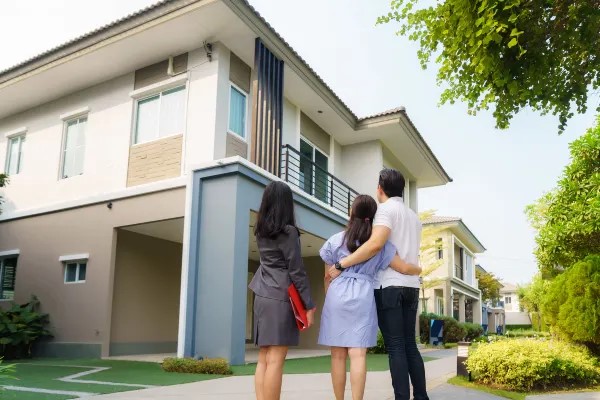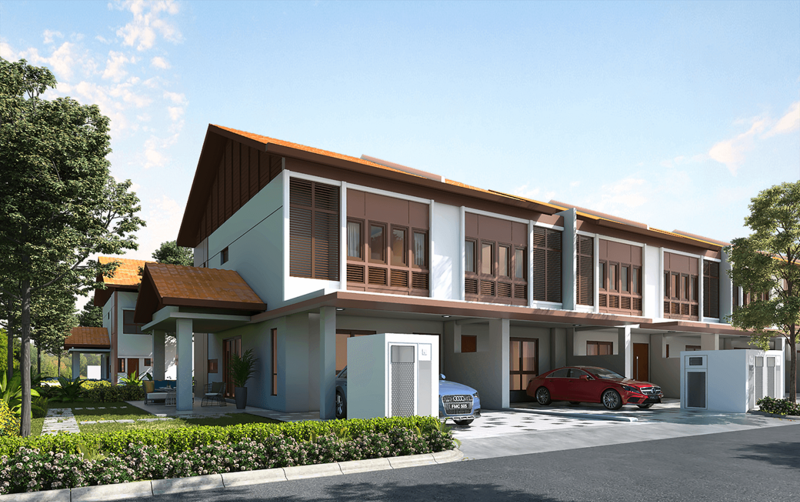In the ever-evolving real estate landscape, the preferences and demands of homebuyers have undergone a significant shift. While land ownership was once considered crucial, followed by the requirement for a permanent title, the focus has now shifted towards convenience, enjoyment, and added value. Consequently, leasehold properties are gaining popularity over freehold properties in today’s era of modern living.

Before delving into the reasons behind this changing trend, let’s first understand the difference between freehold and leasehold properties. Freehold properties provide the owner with perpetual ownership rights. However, under special circumstances, the government retains the authority to acquire the land, compensating the owner accordingly. On the other hand, leasehold properties involve purchasing real estate or land that is leased for a specific period, commonly 99 years for new developments. As the lease expiration approaches, owners have the option to apply for a title extension.
The fixation on freehold land among the older generation can be attributed to tradition and the desire for generational inheritance. Owning a property that could be passed down to future generations was highly valued, while renting real estate held little appeal or value.
However, as land availability dwindles, properties near city centers predominantly adopt a leasehold arrangement. Acquiring freehold properties often necessitates venturing to the outskirts of urban areas, which is challenging for many homebuyers, particularly first-time buyers, in light of skyrocketing housing prices.
When faced with the initial choice of a property, most homebuyers grapple with a common question: should they opt for a new project with a convenient location but a leasehold arrangement, or a second-hand house with a freehold lease? To shed light on this dilemma, let’s explore expert opinions.
Xiao Huimin, the director of corporate affairs and branding at Yisen Group, and Liu Yongjian, a real estate consultant from Baodi Group, shared their insights during an interview with Nanyang Siang Pau. Huimin highlighted that freehold land no longer serves as the primary selling point for residential real estate. Instead, factors such as comfort, house design, surrounding facilities, transportation convenience, living environment, and overall property quality have become decisive factors in sales.
Liu Yongjian emphasized that while permanent properties offer higher appreciation potential, rental properties yield superior returns on investment. He mentioned that leased properties typically carry a 20% lower selling price compared to freehold land, making them more attractive from an investment standpoint. Moreover, leasehold properties in strategic locations remain unaffected by the title type and maintain strong sales due to the provision of comprehensive facilities and concepts.
Supporting these viewpoints, Zhuo Yezhi, a senior real estate agent at Lotte Lun Real Estate Group, stated that as housing prices surge, affordability has become the primary concern when purchasing a property. While buyers inquire about land lease types, first-time buyers with limited funds prioritize property facilities and developer-offered preferential packages, considering them more important than freehold land.

Properties priced above RM1 million still draw significant buyer attention to their freehold status. In contrast, properties ranging from RM600,000 to RM800,000, particularly apartments, receive less emphasis on land titles, with buyers focusing more on future protection and appreciation.
Another aspect often overlooked by buyers is the actual condition of the house. New project purchases only afford buyers a glimpse into their future homes through demonstration unit pictures and promotional materials. They can only inspect the house’s actual state and building quality upon its completion, as delivered by the developer. In contrast, buying a second-hand house allows buyers to assess the property’s condition and surrounding facilities firsthand. In case of any noticeable damages or defects, buyers can request repairs or negotiate a lower price accordingly.
While new projects generally offer more discounts and rebates, resulting in potential savings of tens of thousands of ringgit, second-hand housing prices in certain areas can be up to 20% cheaper. However, purchasing a second-hand property in Malaysia typically requires a minimum down payment of 10% and incurs various handling fees, necessitating buyers to have additional funds available for the purchase.
In conclusion, the shift in homebuyers’ preferences towards leasehold properties over freehold properties can be attributed to factors such as convenience, overall design, surrounding facilities, and affordability. With the diminishing availability of freehold land near city centers and the rising cost of housing, buyers are increasingly considering leasehold options that provide strategic locations and comprehensive amenities. However, individual circumstances and priorities should ultimately guide buyers in making the decision that aligns best with their needs and long-term goals.













Discussion about this post